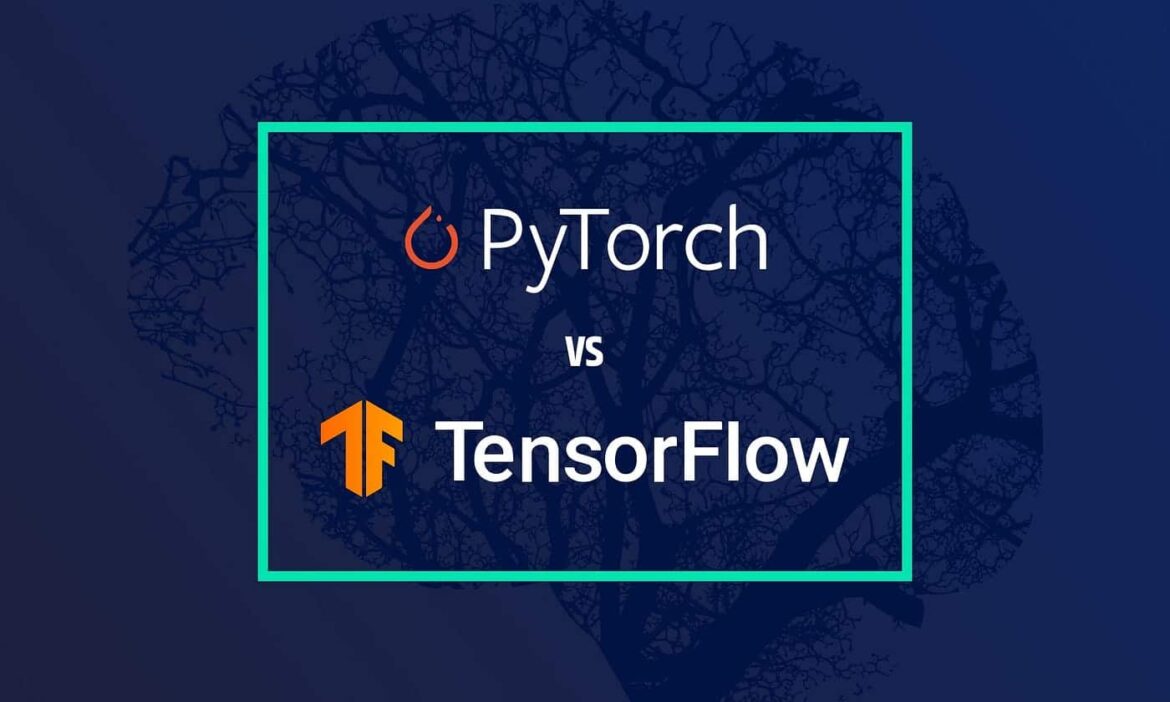945
PyTorch vs TensorFlow: The choice depends on your individual requirements and preferences. Both frameworks have their advantages and disadvantages.
PyTorch vs TensorFlow: PyTorch – simplicity and flexibility
If you are involved in machine learning or artificial intelligence, you have certainly come across the names “PyTorch” and “TensorFlow”. These two frameworks are among the most popular tools for developing deep learning models.
- PyTorch: Flexibility and simplicity: PyTorch is an open-source deep learning framework developed by Facebook AI. It has quickly gained a reputation for its simplicity and flexibility.
- Dynamic Computation Graphs: One of the most distinctive features of PyTorch is its use of dynamic computation graphs. In plain English, this means that you can change your computation graph as you train.
- This makes debugging and experimentation much easier. So if you need to develop a model and make changes, PyTorch is a good choice.
- Pythonic and intuitive interfaces: PyTorch offers Python-like interfaces, which makes it easy to understand for many developers. If you already know Python, getting started with PyTorch will be especially easy for you. The API is very intuitive and allows you to create models in a natural way.
- Large community and active development: PyTorch has a vibrant community of developers who are constantly creating new libraries and tools. This means you have access to a wide range of resources and support when you run into problems.
TensorFlow: scalability and production viability
On the other hand, we have TensorFlow, a deep learning framework developed by Google, which stands out for its scalability and suitability for production.
- Static Computation Graphs: Unlike PyTorch, TensorFlow uses static computation graphs. Accordingly, you need to define the entire computation graph in advance before training your model. Although this can be a bit intimidating at first, it offers the advantage of better optimisation and performance, especially for large models.
- TensorFlow Serving and TensorFlow Lite: TensorFlow offers special tools like TensorFlow Serving that allow you to deploy trained models in real time. There is also TensorFlow Lite, a variant for mobile and embedded devices. If your focus is on delivering models to end users, TensorFlow may be right for you.
- Extensive support for hardware: TensorFlow provides extensive support for hardware acceleration, including GPUs and TPUs. This makes it possible to train models on powerful hardware and run them in production.
